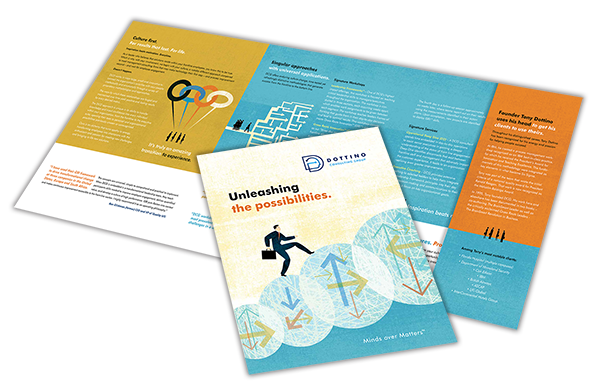Increasing Patient Satisfaction
The Challenge
Hospitals are working harder than ever to improve patient care while reducing operating costs. It’s a complex picture. Enter the patient, often afraid and worried, they would rather not be in a hospital. Despite more than two dozen contacts with hospital staff each day, patients actually feel lonely and may not know how to express their concerns. If only the patient knew they could express their needs to the caregiver. If only the caregiver could know what those needs are and address them. The end result – frustration, both for the patient and the caregivers. This results in reduced HCAP scores.
The Core Problem
Nurses are working harder than ever but not always seeing positive results from their efforts. It is difficult to communicate with patients, doctors, their managers and even their peers. Each patient has their own unique set of requirements and caregivers have their own unique personalities. How do caregivers provide all the individualized care needed by patients while still completing daily assigned tasks ?
The Solution
Brain-to-Brain Communication. A significant portion of both the Leadership Frameworks ™ workshop and the Grass Roots Innovation™ workshop focuses on communication in a unique way – how the brain takes-in, integrates, comprehends and interprets communication and the emotional responses it creates. We teach tools for assessing the thoughts and feelings that are evoked by our communication, how to be sure not to leave gaps in communication that can be filled with scenarios of fear, and how to pick up the verbal and non-verbal cues of the patient so that caregivers can create a patient experience of emotional comfort. By utilizing the latest cognitive science lessons, nurses will more effectively and efficiently collaborate with nurse managers, doctors, ancillary departments, caregivers and patients to build patient trust and improve patient experience outcomes.


